Here’s the thing about school cafeteria food – it was never supposed to be good. It was supposed to be cheap, filling, and vaguely nutritious enough to keep parents and school boards off the lunch ladies’ backs. But somewhere between the USDA’s well-intentioned nutrition overhauls and society’s collective “maybe we shouldn’t feed children industrial cheese products” awakening, an entire ecosystem of cafeteria classics went extinct.
And no, we’re not just talking about foods that got healthier makeovers. Some cafeteria staples didn’t even get that chance – they just disappeared entirely. A perfect storm of rising food costs, liability concerns, changing dietary preferences, stricter allergen protocols, labor shortages, equipment upgrades, and the entirely reasonable expectation that school lunch should actually nourish developing minds wiped these dishes off menus for good. Today’s kids will never know the peculiar joy of these cafeteria artifacts.
But there’s something lost in translation when you sanitize childhood experiences too much. These foods weren’t just fuel – they were social currency, comfort objects, and shared cultural touchstones that connected generations of students. They were weird, wonderful, and often terrible, but they were ours.
Progress is good. Really, it is. But sometimes it’s okay to miss the gloriously unhealthy, questionably safe, and utterly magical foods that made cafeteria lunch an adventure rather than just another meal.
To that effect, here are the lunch classics that disappeared from trays long before Gen Z hit the cafeteria line.
1. Chocolate Pudding Served in Glass Bowls
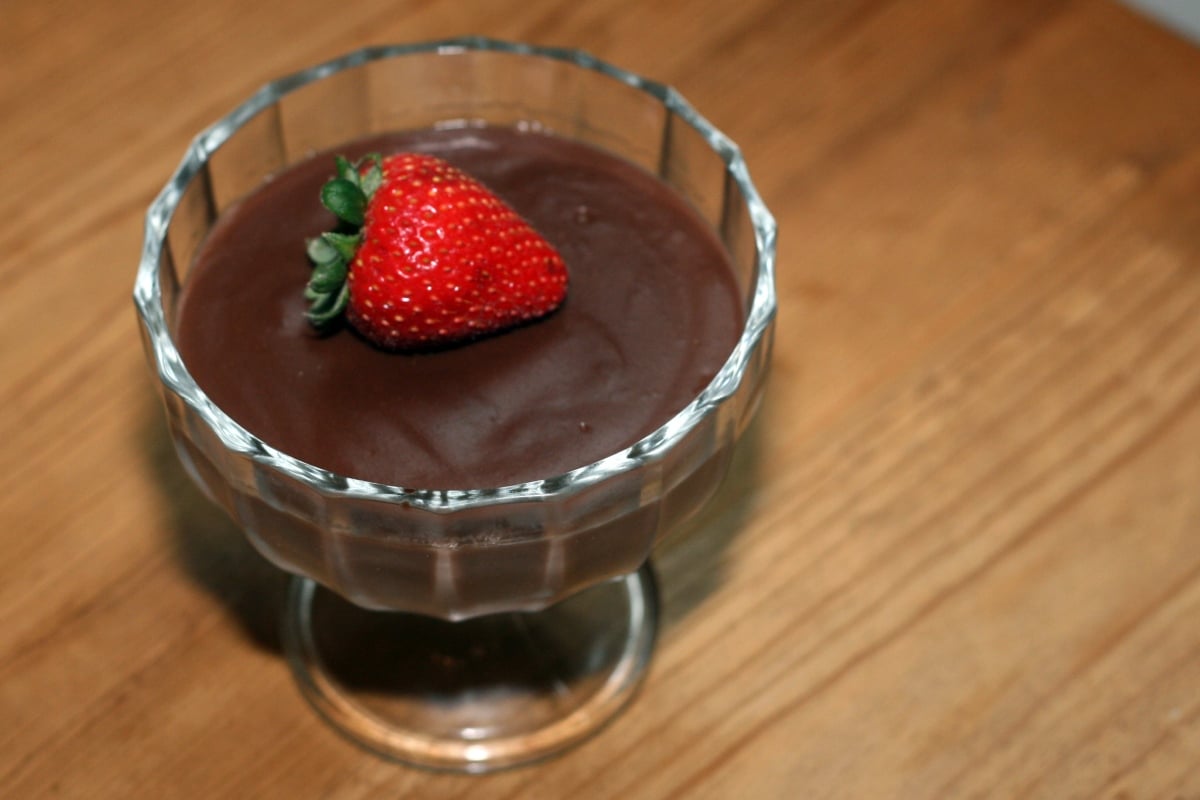
Back when schools had actual dishwashers and weren’t terrified of lawsuits, chocolate pudding came in real glass bowls that you had to return to the kitchen. Unlike the plastic cup pudding that we know today, this one was thick, rich, institutional-grade chocolate pudding that stuck to your spoon and actually required effort to eat.
The glass bowls made it feel fancy, like you were dining at a restaurant instead of a cafeteria. Plus, there was something deeply satisfying about scraping every last bit of pudding from those curved glass sides. Today’s single-serving plastic cups and concern about broken glass have made this experience completely extinct.
2. Corn Dogs on Wooden Sticks
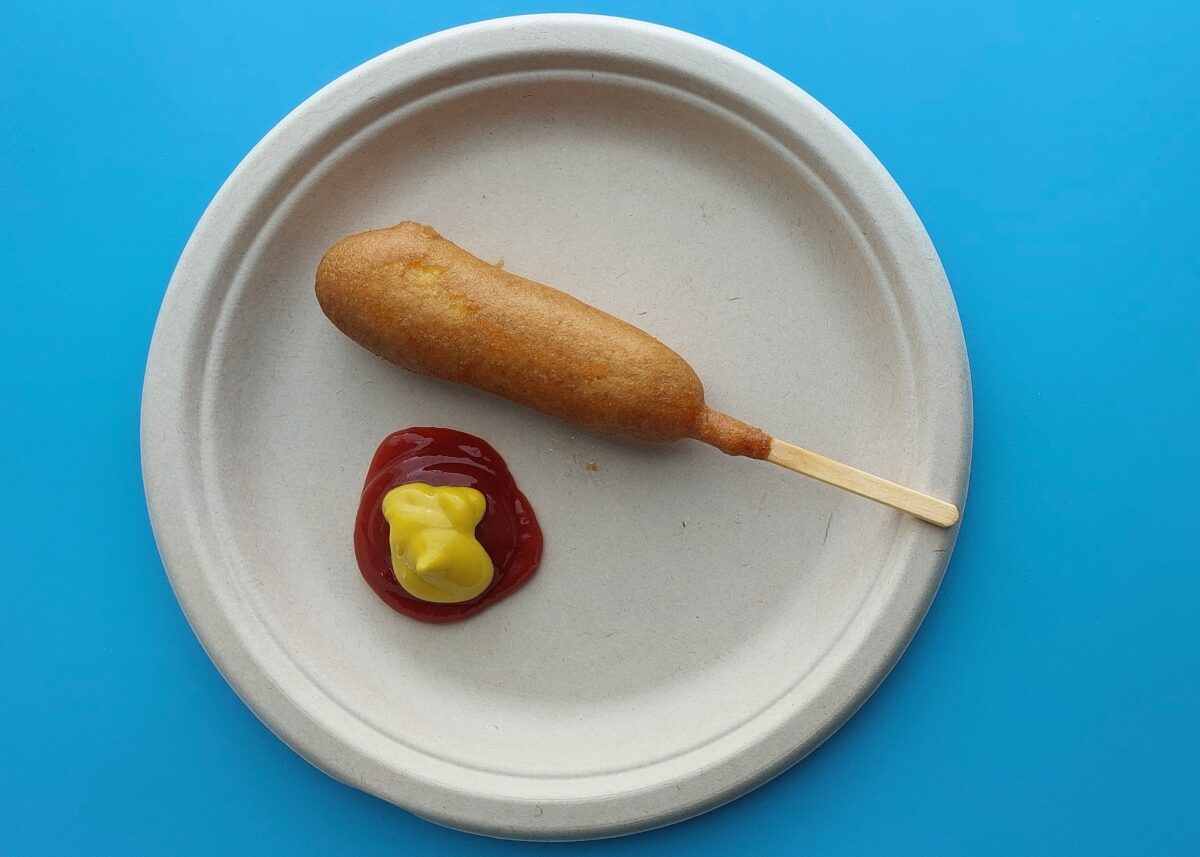
Remember when corn dogs came on real wooden sticks that you could use as tiny swords afterward? Before choking hazard paranoia took over, cafeterias served proper corn dogs – hot dogs dipped in cornmeal batter, fried until golden, and impaled on wooden sticks that kids inevitably turned into impromptu drumsticks or weapons.
The wooden stick was part of the experience. You’d eat the corn dog, then use the stick to poke at your other food or annoy your tablemates. Current cafeterias serve “corn dog bites” or stick-free versions that remove much of the fun and structural integrity.
3. Peanut Butter and Jelly Sandwiches
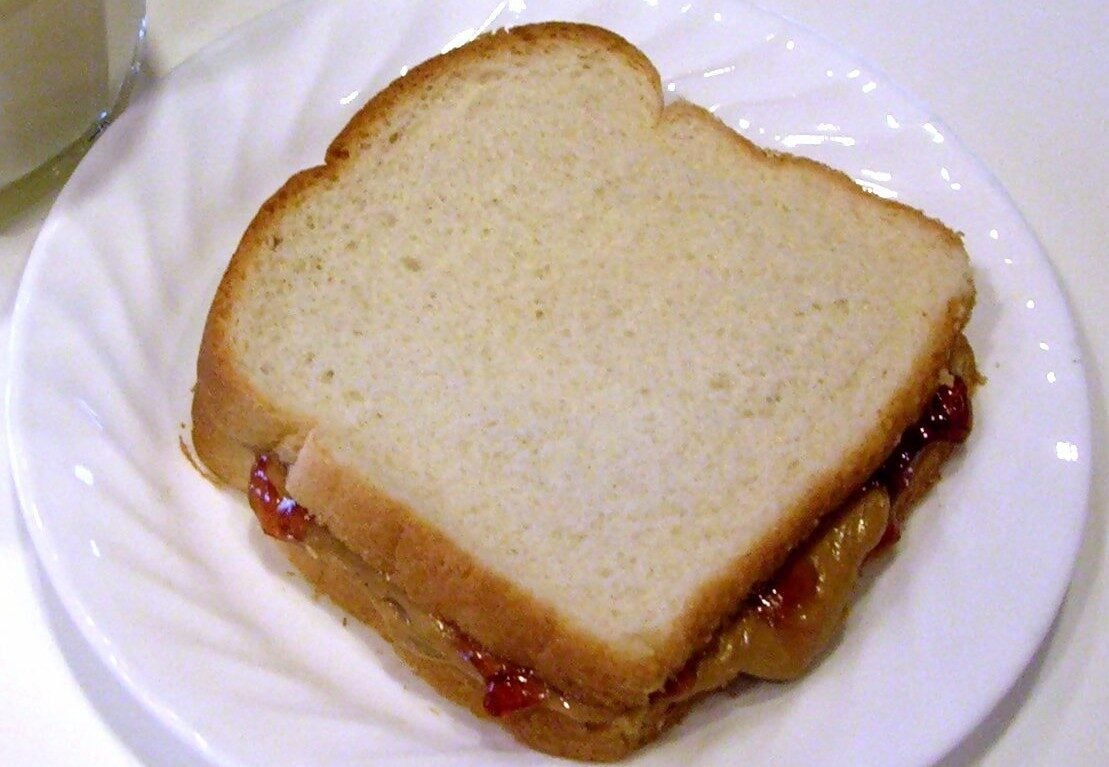
This one stings because PB&J was the universal backup plan – the food that even the pickiest eater would accept. But thanks to severe peanut allergies becoming more recognized (and more dangerous), most schools have gone completely nut-free. Today’s kids get sunflower seed butter or other alternatives that mostly taste like disappointment.
The cafeteria PB&J was its own art form – white bread, commercial peanut butter applied with cafeteria-sized spreading tools, and grape jelly that managed to be both too sweet and not sweet enough. Still, it was reliable, filling, and required zero cooking skills. Modern alternatives just don’t seem to hit the same.
Chicken Nuggets That Were Actually Chicken-Shaped
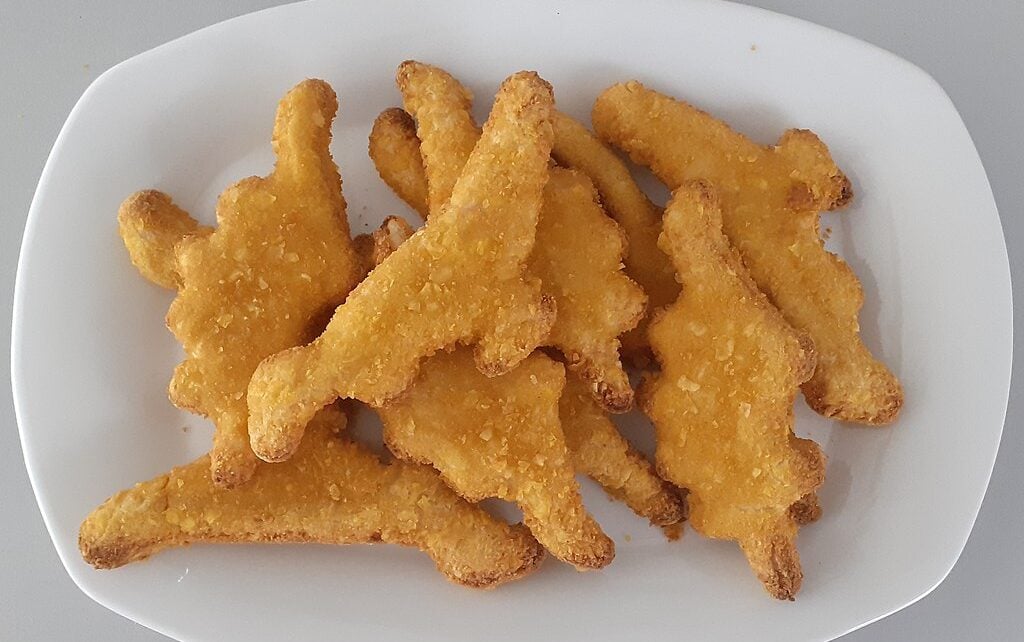
Before food processing got sophisticated, cafeteria chicken nuggets came in fun shapes – dinosaurs, stars, circles, and sometimes even vaguely chicken-shaped pieces. Much unlike the uniform, cylindrical nuggets of today, these ones were whimsical, irregularly shaped, and kids loved them because they looked like toys.
The shapes made lunch feel like playtime — you could bite the heads off dinosaur nuggets or save the star-shaped ones for last. Current food safety standards and mass production have standardized nuggets into boring, identical shapes that maximize efficiency but minimize joy.
Pizza Boats (English Muffin Pizzas)
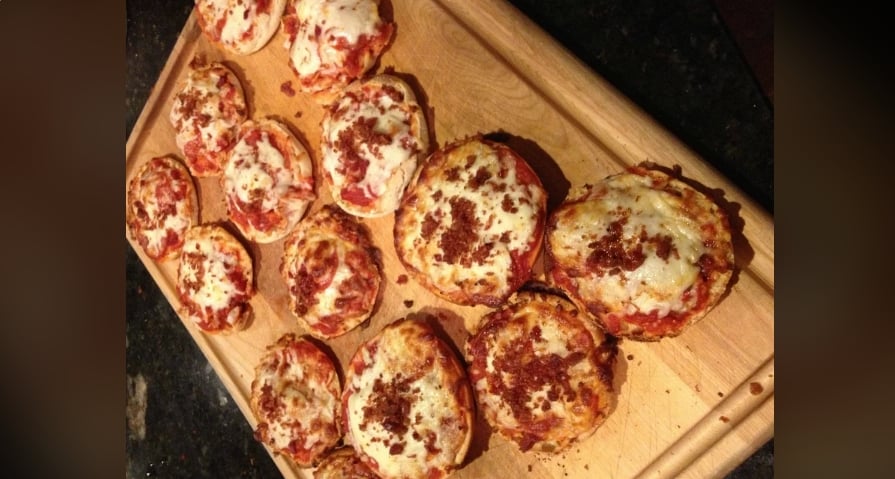
Half an English muffin topped with pizza sauce, a sprinkle of cheese, and maybe a pepperoni if the cafeteria was feeling generous. Pizza boats were the ultimate budget pizza solution – they cost pennies to make and kids thought they were getting a special treat.
The English muffin base gave the snack a unique texture that was part pizza, part breakfast food. They were typically served as a side dish or appetizer, rather than as a main course. Today’s healthier bread requirements and portion control guidelines have made these extinct, replaced by whole-grain breadsticks or actual pizza slices that cost ten times more to produce.
Fruit Cocktail (The Heavy Syrup Kind)
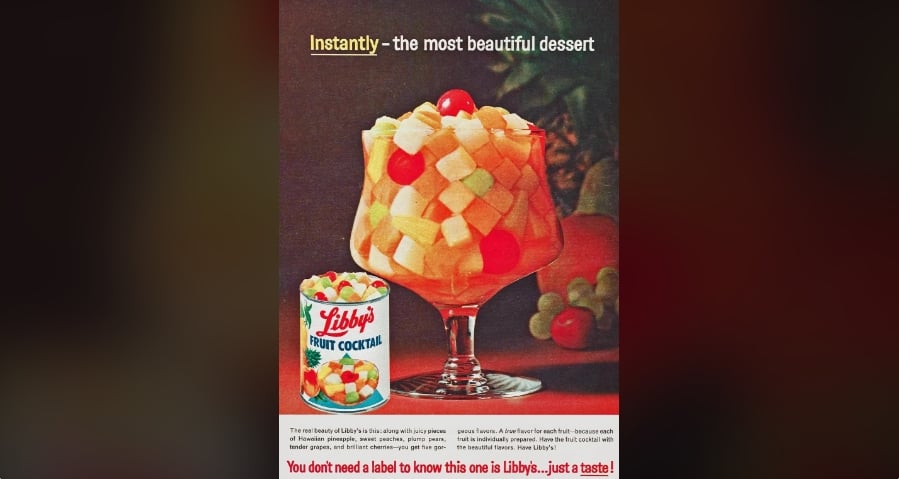
Today’s kids get fresh fruit cups or fruit packed in juice, but they’ll probably never experience the sugar rush of fruit cocktail drowning in heavy syrup: that artificial cherry-flavored mixture of diced peaches, pears, grapes, pineapple, and those mysterious red cherries that tasted like candy.
The syrup was undoubtedly the best part. Kids would eat around the fruit to save the syrup for last, drinking it like a dessert sauce. It was basically candy masquerading as a healthy side dish, and we all knew it. Current nutrition standards have made heavy syrup fruit cocktail as extinct on a school lunch tray as dinosaur nuggets.
Chocolate Chip Cookies the Size of Your Face
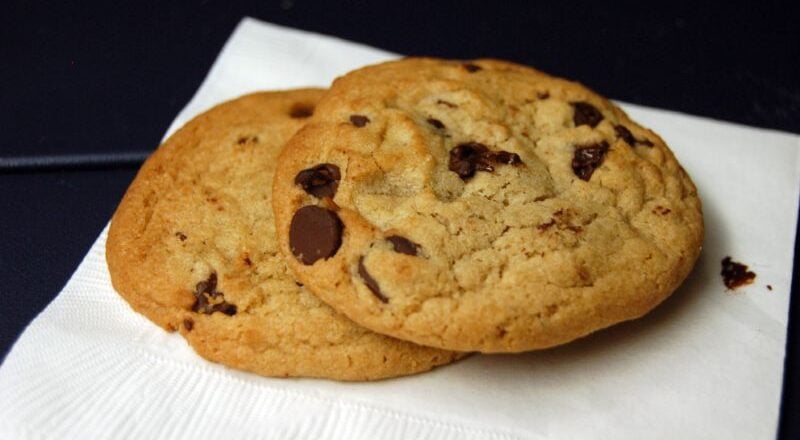
Cafeteria chocolate chip cookies were not your run-of-the-mill, delicate bakery treats. Back in the day, they were massive, soft, and loaded with chocolate chips. These cookies were easily 6 inches across, thick as a smartphone, and could serve as a meal replacement if necessary.
They were baked in industrial ovens in massive batches, resulting in cookies that were crispy on the edges and chewy in the middle. The chocolate chips were the cheap kind that held their shape but delivered maximum sweetness. Today’s regulation-sized cookies are mostly tiny, health-conscious affairs that wouldn’t satisfy a mouse, let alone a growing teenager.
Nachos with Nuclear Orange Cheese Sauce

The cheese sauce was fluorescent orange and had the consistency of warm Play-Doh, but for some reason, it was absolutely delicious when ladled over tortilla chips. Make no mistake, this wasn’t real cheese – it was a processed cheese product mixed with enough artificial coloring to be visible from space.
The nachos came in those paper boats, and the cheese sauce was dispensed from heated pumps that kept it at the perfect molten temperature. Today’s cafeterias serve “cheese” made from actual cheese, which is healthier but lacks that specific artificial tang that made cafeteria nachos addictive.
Hamburgers on Squishy White Buns
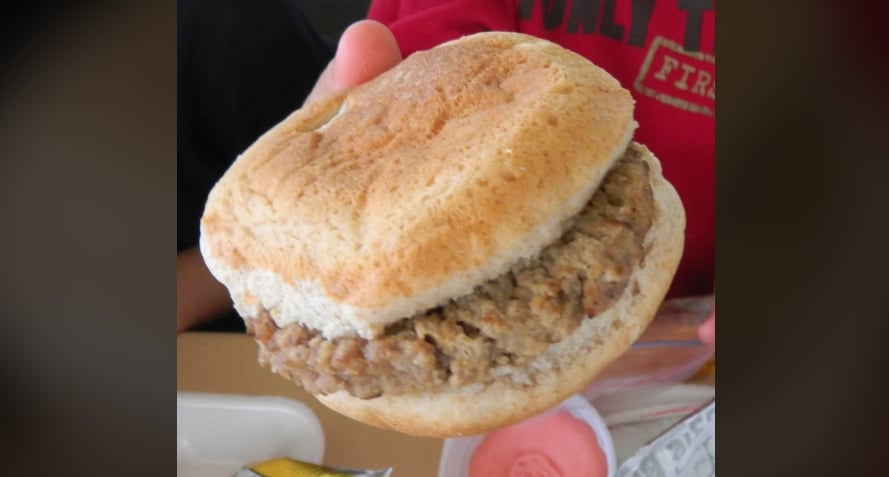
Before the shift to whole-grain took over, the quintessential cafeteria hamburger came on soft, white hamburger buns that compressed to paper-thin under the weight of the meat patty.
These buns were basically edible napkins – they absorbed grease, fell apart easily, and had the structural integrity of wet tissue paper, though sometimes you’d get a suspiciously sturdy, dry counterpart. The meat patty—often a solid, overcooked disk—could also appear as a crumbly, mysterious scoop that helped balance the texture. Either way, it required a full carton of milk to wash down.
Corn Served With Everything (Whether It Made Sense Or Not)
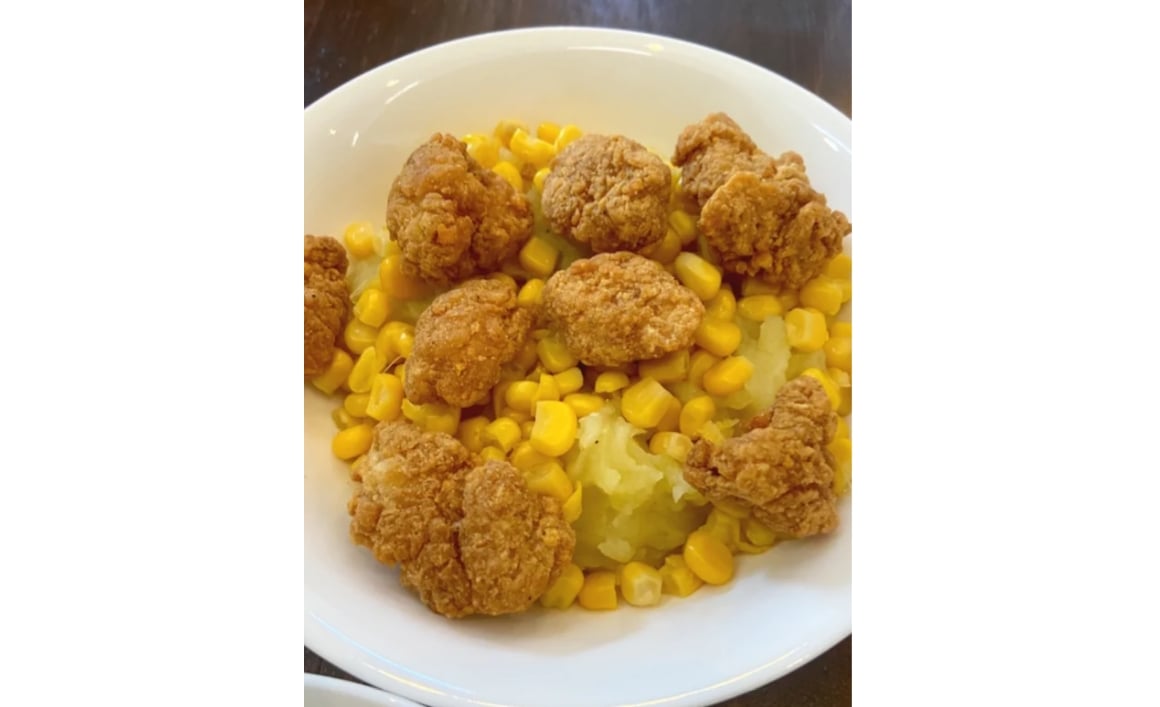
Cafeterias in the 1980s and 1990s served corn as a side dish with almost everything – pizza, burgers, chicken, fish sticks, and even spaghetti. It didn’t matter if it made culinary sense; corn was cheap, kids would eat it, and it counted as a vegetable.
What we got was usually canned, always slightly overcooked, and often served with a pat of butter that never quite melted all the way. It was the ultimate filler food – nutritionally acceptable, inexpensive, and universally tolerated. Today’s more sophisticated vegetable offerings make random corn pairings look ridiculous in hindsight.
Ice Cream Sandwiches That Were Rock-Hard Frozen
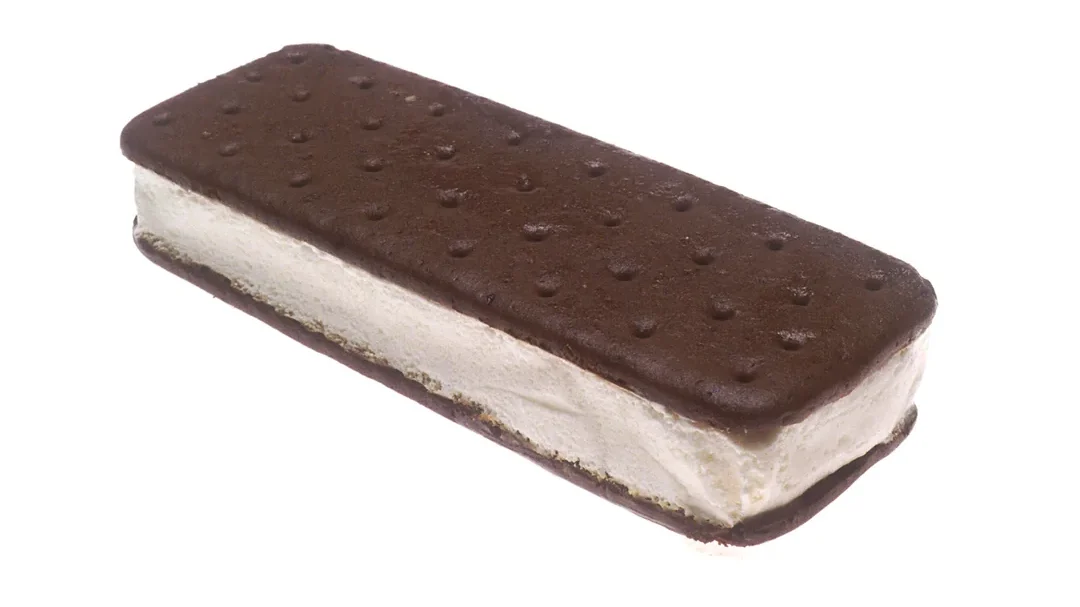
The final item on our extinct list: ice cream sandwiches that required a five-minute thaw time before you could actually bite into them. Unlike the soft, premium ice cream sandwiches of today, we’re guessing these industrial-strength frozen blocks could double as hockey pucks.
The chocolate wafer cookies were so hard when frozen that they could chip teeth, but the vanilla ice cream inside was worth the wait. You’d spend the first half of lunch period letting your ice cream sandwich reach an edible temperature, then demolish it in about thirty seconds. Today’s temperature-controlled dessert offerings are safer and more consistent, but they lack the anticipation factor that made these so special.

